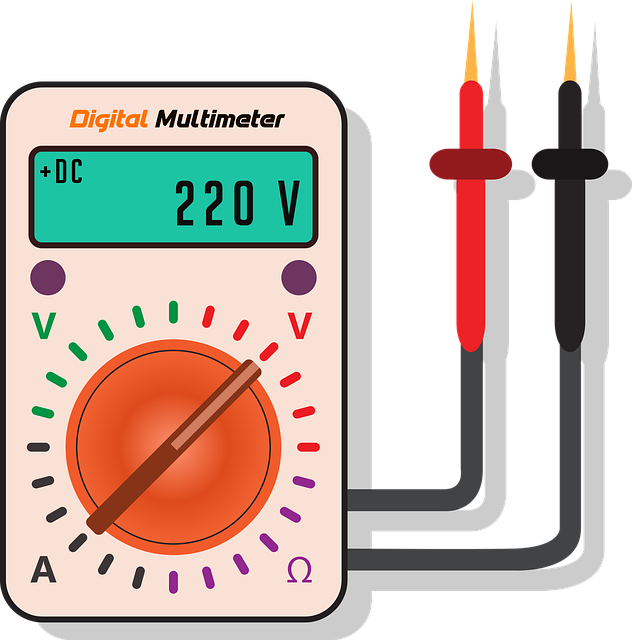1. Basic Electrical Engineering
2. Mathematics-II ( Paobability and statics)
3. Engineering Graphics and Design
4. Physics ( Waves and Optics abd Quantum Mechanics)

EEE
Second Semester
DC Circuits ( 8 Lectures )
Electrical Circuit elements (R, L and C), Voltage and Current sources, Kirchhoff current and voltage Laws, Analysis of simple circuits with DC excitation. Star-Delta conversion, Network theorems (Superposition, Thevenin, Norton and Maximum power transfer theorems). Time-domain analysis of first order RL and RC circuits
AC Circuits ( 8 Lectures )
Representation of sinusoidal waveforms, Peak, rms and Average values (Form factor and Peak factor), Impedance of series and parallel circuit, Phasor representation, Real Power, Reactive Power, Apparent Power, Power Factor, Power Triangle. Analysis of single-phase Ac circuits consisting of R, L, C, RL, RC, RLC Combinations (Series and Parallel), Resonance. Three-Phase Balanced Circuits, Voltage and current relations in Star and Delta connections
Magnetic Circuits ( 4 Lectures )
Introduction, Series and Parallel Magnetic circuits, Analysis of Series and Parallel magnetic circuits.
Transformers ( 6 Lectures )
Magnetic Materials, B-H characteristics, Ideal and Practical Transformer, EMF equation, Equivalent Circuit, Losses in transformers, Regulation and efficiency. Auto-transformer and Three-Phase Transformer connections.
Electrical Machines (10 Lectures )
Construction, Working, Torque-Speed characteristic and speed control of separately excited DC Motor. Generation of rotating Magnetic Fields, Construction and working of a ThreePhase induction Motor, Significance of Torque-Slip characteristic. Loss components and efficiency, Starting and speed control of induction Motor. Construction and working of synchronous Generators.
Electrical Installations ( 6 Lectures )
Components of L-t Switchgear: Switch Fuse Unit (SFU), MCB, ELCB, MCCB, Types of wires and cables, Earthing. Types of Batteries, Important characteristics for Batteries. Elementary calculations for energy consumption, Power factor improvement and Battery backup.
Suggested books
1. D. P. KOTHARI AND I. J. NAGRATH, “BASIC ELECTRICAL ENGINEERING”, TATA MCGRAW HILL, 2010.
2. D. C. KULSHRESHTHA, “BASIC ELECTRICAL ENGINEERING”, MCGRAW HILL, 2009.
3. L. S. BOBROW, “FUNDAMENTALS OF ELECTRICAL ENGINEERING”, OXFORD UNIVERSITY PRESS, 2011.
4. BASIC ELECTRICAL ENGINEERING BY FITZERALD,